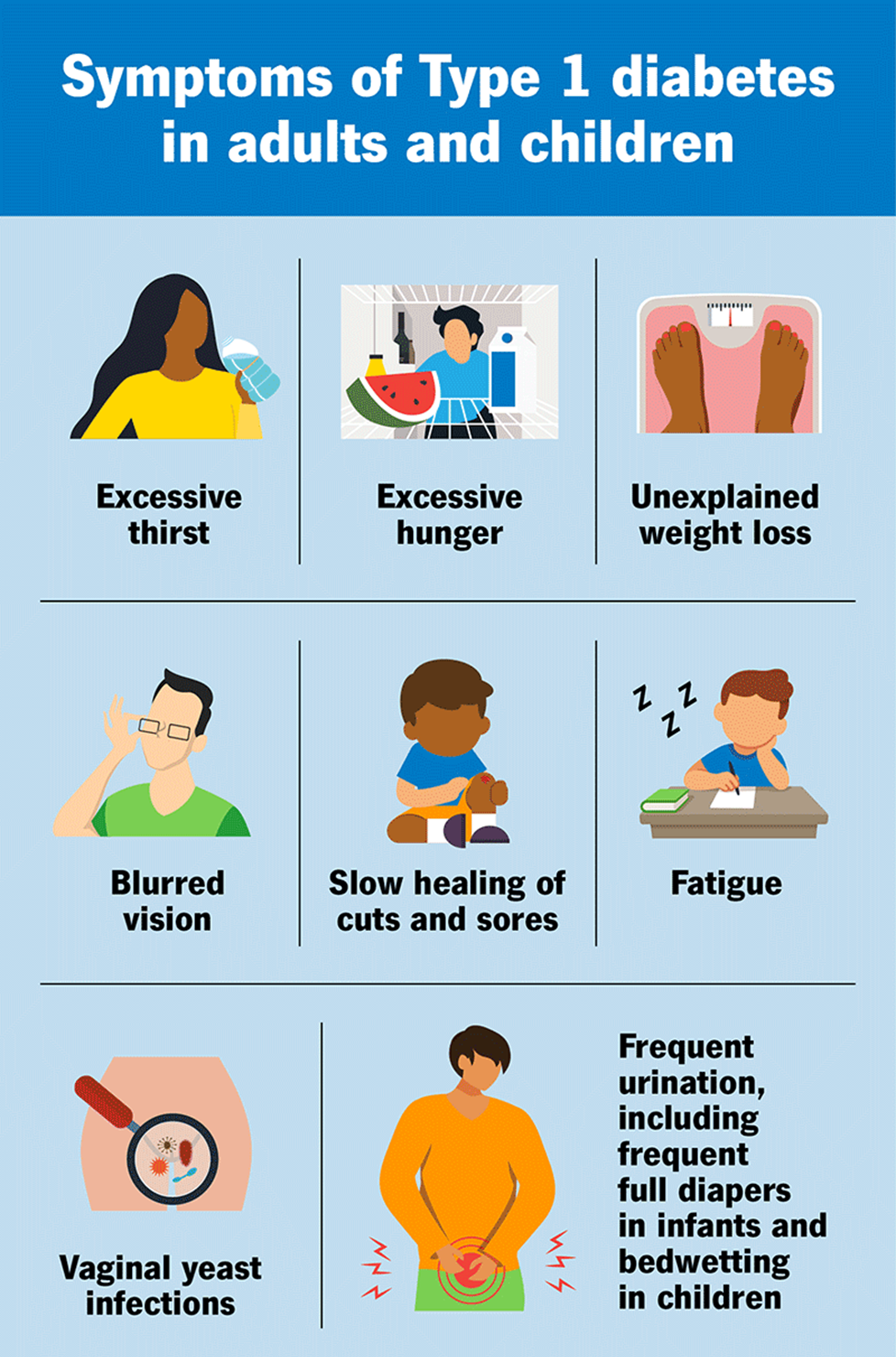When administering zolpidem to an older client, which computer documentation indicates that the desired outcome has been achieved?
Sleeps soundly through the night.
Decreased episodes of incontinence.
Improved ability to concentrate.
Exhibits fewer emotional outbursts.
The Correct Answer is A
Choice A reason: Sleeping soundly through the night is the desired outcome of administering zolpidem, which is a sedative-hypnotic that induces sleep by enhancing the activity of GABA, an inhibitory neurotransmitter. Zolpidem is used to treat insomnia, especially difficulty falling asleep.
Choice B reason: Decreasing episodes of incontinence is not a relevant outcome of administering zolpidem, which does not affect urinary function or bladder control. Incontinence may be caused by other factors, such as aging, prostate problems, or urinary tract infections.
Choice C reason: Improving ability to concentrate is not a pertinent outcome of administering zolpidem, which does not affect cognitive function or attention span. Zolpidem may actually impair memory and cause daytime drowsiness or confusion in some patients.
Choice D reason: Exhibiting fewer emotional outbursts is not a significant outcome of administering zolpidem, which does not affect mood or behavior. Zolpidem may actually cause paradoxical reactions, such as agitation, aggression, or hallucinations in some patients.
: [Zolpidem (Oral Route)]
: [Insomnia]
: [Urinary Incontinence]
: [Concentration Problems]
Nursing Test Bank
Naxlex Comprehensive Predictor Exams
Related Questions
Correct Answer is D
Explanation
Choice A reason: Promoting stomach emptying and preventing gastric reflux is not a relevant action of sevelamer, which is a phosphate binder that lowers serum phosphate levels in patients with CKD. Gastric reflux may be caused by other factors, such as hiatal hernia, obesity, or spicy foods.
Choice B reason: Buffering hydrochloric acid and preventing gastric erosion is not a pertinent action of sevelamer, which does not affect gastric acidity or mucosal integrity. Gastric erosion may be caused by other factors, such as NSAIDs, alcohol, or Helicobacter pylori infection.
Choice C reason: Preventing indigestion associated with ingestion of spicy foods is not a significant action of sevelamer, which does not affect digestion or food tolerance. Indigestion may be caused by other factors, such as overeating, stress, or gallstones.
Choice D reason: Binding with phosphorus in foods and preventing absorption is the correct action of sevelamer, which should be taken with meals to reduce the amount of phosphorus that enters the bloodstream from the diet. High serum phosphate levels can cause bone loss, calcification of soft tissues, and secondary hyperparathyroidism in patients with CKD.

Correct Answer is B
Explanation
Choice A reason: Midmorning is not a likely time for experiencing hypoglycemia after administering glargine insulin at 0800, because glargine insulin has a slow onset of action (about 1 hour) and does not have a pronounced peak effect. Glargine insulin is a long-acting insulin that provides a steady level of insulin throughout the day and night.
Choice B reason: No peak occurs is the correct answer for when hypoglycemia is most likely to occur after administering glargine insulin at 0800, because glargine insulin does not have a pronounced peak effect that could cause a sudden drop in blood glucose levels. Glargine insulin is a long-acting insulin that provides a steady level of insulin throughout the day and night.
Choice C reason: Midafternoon is not a likely time for experiencing hypoglycemia after administering glargine insulin at 0800, because glargine insulin has a long duration of action (about 24 hours) and does not have a pronounced peak effect. Glargine insulin is a long-acting insulin that provides a steady level of insulin throughout the day and night.
Choice D reason: Shortly after midnight is not a likely time for experiencing hypoglycemia after administering glargine insulin at 0800, because glargine insulin has a long duration of action (about 24 hours) and does not have a pronounced peak effect. Glargine insulin is a long-acting insulin that provides a steady level of insulin throughout the day and night.

Whether you are a student looking to ace your exams or a practicing nurse seeking to enhance your expertise , our nursing education contents will empower you with the confidence and competence to make a difference in the lives of patients and become a respected leader in the healthcare field.
Visit Naxlex, invest in your future and unlock endless possibilities with our unparalleled nursing education contents today
Report Wrong Answer on the Current Question
Do you disagree with the answer? If yes, what is your expected answer? Explain.
Kindly be descriptive with the issue you are facing.
